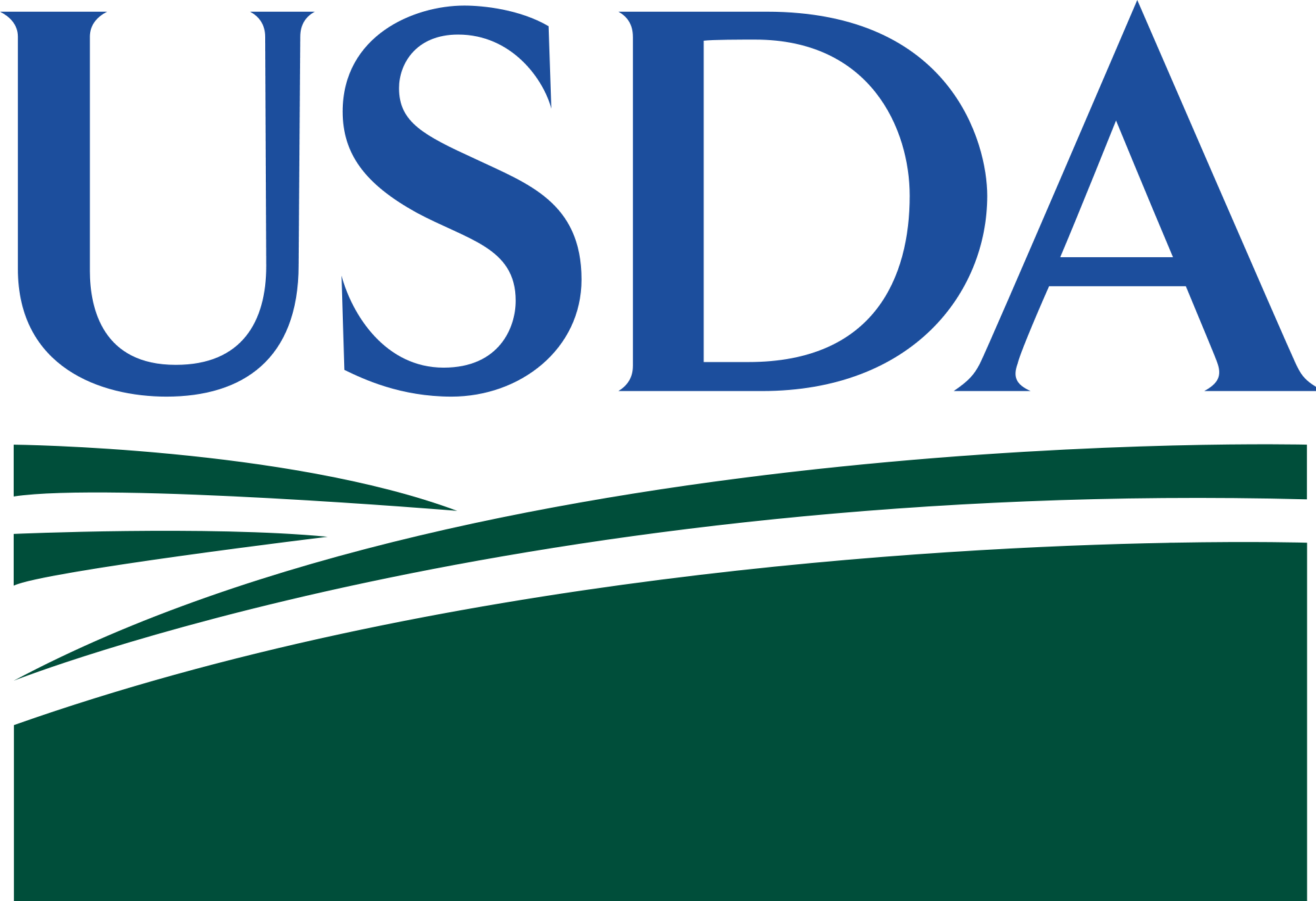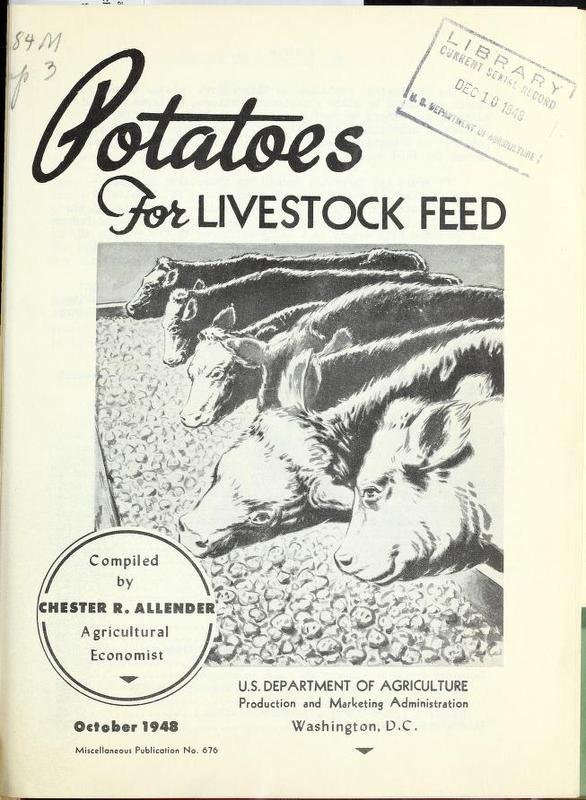Potatoes for Livestock Feed
Creator
Date
1948
Subject
Excerpt
Since enactment of the Steagall Amendment of July 1, 1941 into law, the price-support program for potatoes has brought to public attention problems that have confronted potato growers for many years. During large crop years before the inauguration of the price- support program, growers either failed to harvest a part of their crops or they dumped a quantity of potatoes at the end of the marketing and storage season. Some of the remaining potatoes were fed to livestock. The development of economic outlets for low-grade and surplus potatoes is of vital importance to the industry; and the recent focusing of public attention on the need for governmental removal of surplus potatoes is giving new life to the search for such outlets.
This report outlines the value of potatoes for livestock feed. It is designed to serve also as a handy guide for live-stock feeders and potato growers by summarizing the major research work that has been completed or has progressed sufficiently to permit a useful report.
Every year a substantial quantity of the potato crop is found to be unsuitable for human food or for seed. The quantity varies greatly from place to place and from year to year, according to changes in weather, growing conditions, and production and handling practices. It is estimated from various trade reports and data available in the United States Department of Agriculture that 10 to 20 percent of the national production each year, or, on an average, about 50 million bushels should be classed as culls and unsuitable for human consumption. From the estimated utilization of the crop, it appears that approximately half of this quantity is moved into commercial channels. The remainder includes shrinkage, waste, and the quantity fed to livestock or otherwise used on the farm where grown.
This report outlines the value of potatoes for livestock feed. It is designed to serve also as a handy guide for live-stock feeders and potato growers by summarizing the major research work that has been completed or has progressed sufficiently to permit a useful report.
Every year a substantial quantity of the potato crop is found to be unsuitable for human food or for seed. The quantity varies greatly from place to place and from year to year, according to changes in weather, growing conditions, and production and handling practices. It is estimated from various trade reports and data available in the United States Department of Agriculture that 10 to 20 percent of the national production each year, or, on an average, about 50 million bushels should be classed as culls and unsuitable for human consumption. From the estimated utilization of the crop, it appears that approximately half of this quantity is moved into commercial channels. The remainder includes shrinkage, waste, and the quantity fed to livestock or otherwise used on the farm where grown.
Title
Potatoes for Livestock Feed
File(s)
Potatoes for Livestock Feed.jpg
(image/jpeg)
 An official website of the United States government.
An official website of the United States government.


